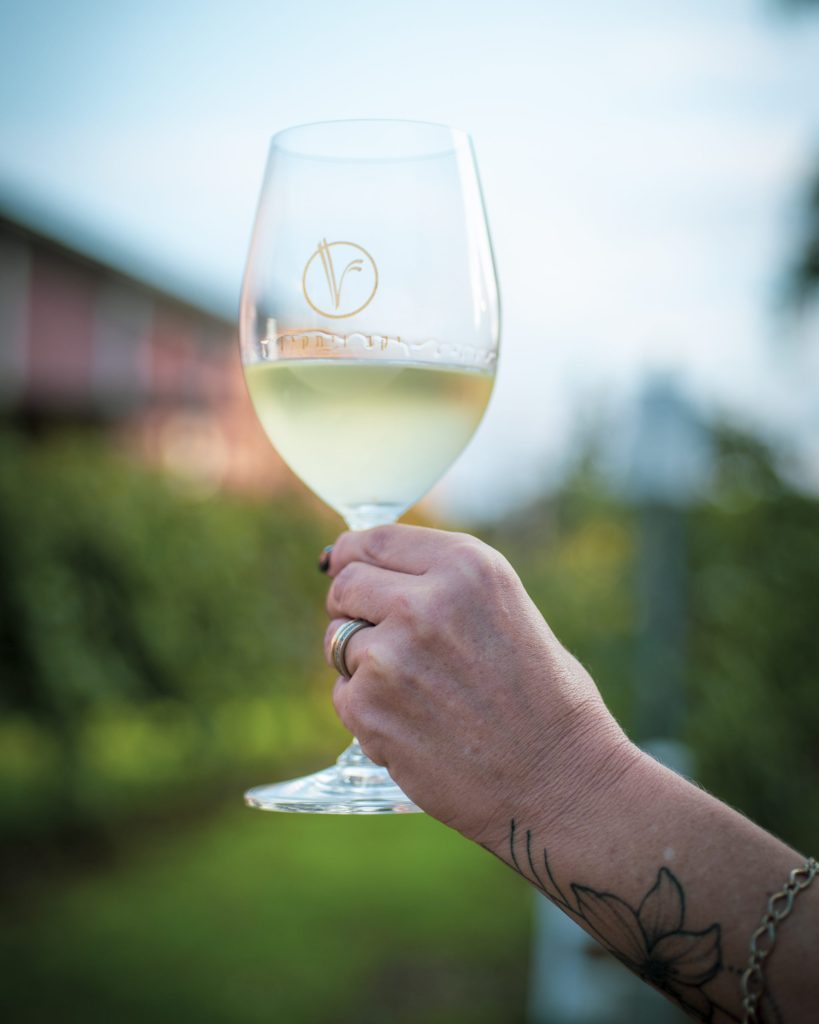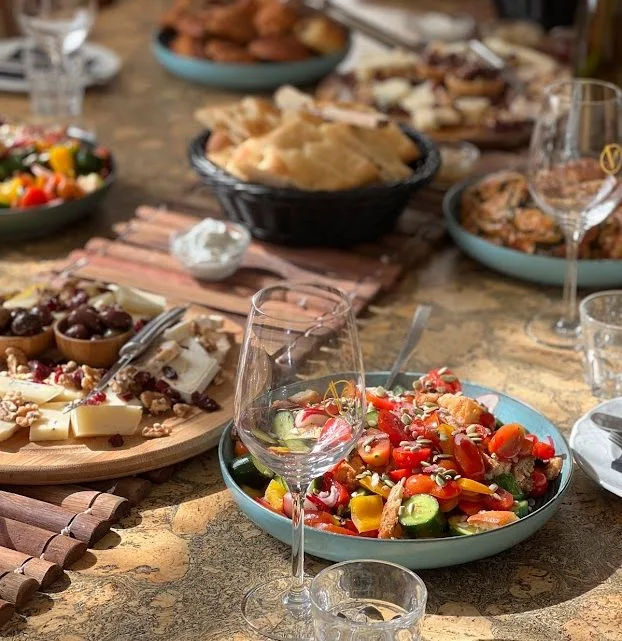The two main types of wine are white wine and red wine. Some people prefer to sip red wine, some prefer to sip white wine, and of course, there are those who like both and change their preferences depending on the occasion and/or the type of food they choose. To better familiarize yourself with the wines and the differences between them, allow us to present the main differences for you.
Production process
The difference between the two wines is their fermentation and maturation. Israeli red wine Fermented in oak barrels, while Israeli white wine is fermented in stainless steel tanks, i.e. cast iron vessels. Both white wine and red wine are made from red grapes, with the white wine being placed in a vat containing yeast and fermented, which creates the white color – the grape juice does not come into contact with the skins of the wine during the various stages of fermentation. White wines are also made from yellow or green grapes.
The difference in taste between the wines
The difference between red wine and white wine is significant. Red wine has a very complex and rich flavor with aromas of wild berries, oak spices, and cherries, while white wine is a significantly lighter wine than white, refreshing in flavor between green apple/citrus and with an aroma of vanilla or blossom.
Serving temperature
The serving temperature between the two wines is fundamentally different. The red wine is served slightly below room temperature, i.e. 17 to 20 degrees Celsius, while the white wine is served chilled, which makes it of higher quality and more enjoyable to sip.
What are the two wines used for?
White wine is recommended for drinking, and is also suitable for cooking - it can be used to tenderize meat and even add it to various dishes, due to its acidity and aroma. White wine as a drink is a light and cold wine, and is therefore suitable for drinking during barbecues in both summer and winter, and can even be added to various soups, including onion soup. Red wine is recommended to be drunk alongside meats, usually red meat, during a fish meal, and a combination of carbohydrates and fats. There is no doubt that red wine is "heavier" than white wine, and it is usually not drunk cold, but at room temperature. Red wine should be aerated before drinking, that is, left open before the first sip.
Tannin amount
Tannins are compounds found in the seeds and skins of grapes. Tannins are what give red wine its bitter and astringent taste. Unlike red wine, white wine does not contain a large amount of tannins because white wine is made without the skin, that is, without the grape skins.
The amount of grapes
In order to produce one bottle of wine, white wine A kilo and a quarter of a kilo of grapes should be used, while red wine requires slightly less grapes to produce one bottle, about a kilo and a hundred grams. In both cases, it is important to expose the liquid to oxygen as little as possible to prevent oxidation processes that would damage the freshness and aroma of the wine.

The quality of the wines
The quality of kosher red wine is determined by a number of parameters, including the type of grapes, the age of the wine, and the region where the grapes are grown. The quality of kosher white wine is determined by the exact same criteria. There are of course different and varying qualities between each category and each wine, including Chardonnay versus Sauvignon, white versus red, Merlot versus rosé, and so on. The taste of wine suits each person individually, depending on their lifestyle and the event they are attending, the food they are eating, and the environment they are spending time in. In order to adopt their favorite wine, it is important to attend tastings.





